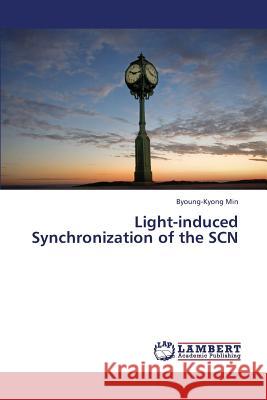Light-Induced Synchronization of the Scn » książka
Light-Induced Synchronization of the Scn
ISBN-13: 9783659342400 / Angielski / Miękka / 2013 / 52 str.
The circadian clock of mammals is located in the suprachiasmatic nuclei (SCN) of the hypothalamus. While individual neurons of the SCN are capable of expressing circadian rhythms of electrical activity, a major unanswered question in the field of circadian rhythms biology is how the activity of the 16,000 to 20,000 neurons of the paired nuclei is coordinated to produce the characteristic behaviors of a circadian clock. This thesis presents a model mechanism by which the SCN neurons can be coordinated with one another and entrained by the environmental light-dark cycle. The model is based on the observation that Glutamate (the major neurotransmitter, which conveys the photic information from the retinohypothalamic tract (RHT) to the SCN) can be converted to GABA (the major neurotransmitter to be networked within the SCN). Many of the inter-neuronal connections within the SCN are made of GABAergic synapses. I propose that, after light-induced release from RHT terminals and subsequent dissociation from its post-synaptic receptors, glutamate may be transported directly into the GABAergic inter-neurons via the transporter EAAC1.











